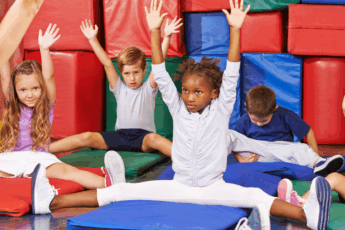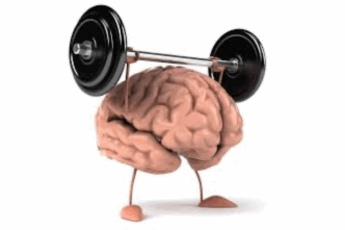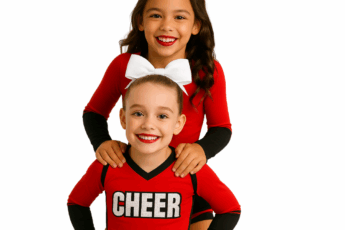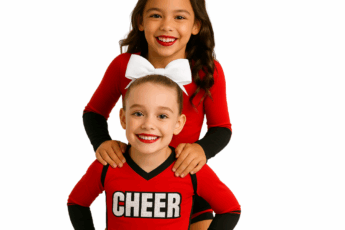In cheerleading and tumbling, just like in life, success doesn’t happen overnight. Mastering the skills needed to excel in these sports requires dedication, resilience, and a willingness to embrace challenges. This is where a growth mindset comes into play. A growth mindset—the belief that abilities and skills can be developed through effort, practice, and learning—is essential for any young athlete looking to reach their full potential. In this post, we’ll explore why a growth mindset is so important in cheerleading and tumbling and how parents and coaches can help cultivate this invaluable trait.
Embracing Challenges and Learning from Mistakes: Tumbling and cheerleading come with plenty of physical and mental challenges. From learning a new flip to overcoming a fear of heights, young athletes are constantly pushing their boundaries. A growth mindset encourages kids to see these challenges not as roadblocks but as opportunities to learn and improve. When they encounter setbacks, they’re less likely to get discouraged and more likely to think, "I may not be able to do it yet, but with effort, I will."
Resilience in the Face of Setbacks: Falling, failing, and fumbling are inevitable parts of the learning process in tumbling and cheerleading. A growth mindset teaches young athletes to bounce back from these setbacks with resilience. Instead of seeing a missed skill as a failure, they learn to view it as a stepping stone to improvement. This resilience not only enhances their performance on the mat but also instills a mindset that they can carry with them into all aspects of life.
Fostering Confidence and Self-Belief: When children believe their abilities can grow and improve with practice, they gain confidence in their potential. This belief fuels their motivation, making them more willing to try challenging skills and take on new routines. Each small improvement reinforces the idea that hard work pays off, boosting their self-confidence and encouraging them to keep going, even when the going gets tough.
The Power of “Yet” Language: A growth mindset often starts with a simple shift in language. Teaching kids to use “yet” at the end of a statement—such as “I can’t do a back handspring…yet”—reminds them that improvement is possible with time and effort. This small but powerful word encourages young cheerleaders and tumblers to be patient with themselves and to focus on the progress they’re making rather than their current limitations.
Building a Positive Relationship with Feedback: Feedback from coaches is essential to improvement in cheerleading and tumbling. A growth mindset helps children view feedback not as criticism but as guidance for getting better. By seeing feedback as a tool for growth, young athletes become more receptive to instruction and more motivated to apply it. This openness to feedback ultimately accelerates their learning and helps them achieve their goals faster.
Celebrating Effort Over Perfection: In cheerleading, it’s easy to focus on perfection, especially when executing routines or stunts in front of judges. However, a growth mindset emphasizes effort over immediate success. By celebrating the hard work, persistence, and dedication that go into mastering a skill, rather than just the final result, children feel motivated to keep practicing. This approach reduces the pressure to be perfect and instead encourages them to enjoy the journey of learning and self-improvement.
Creating a Supportive Environment: Parents and coaches play a crucial role in fostering a growth mindset by creating an environment that encourages trying, learning, and improving. By praising effort, resilience, and improvement rather than just outcomes, adults can help children understand that progress is more important than perfection. Encouraging children to share their “growth moments”—skills they improved or new challenges they faced—helps reinforce the idea that they are capable of continuous growth.
A growth mindset is a game-changer for young cheerleaders and tumblers. It equips them with the resilience to handle setbacks, the confidence to face challenges, and the drive to keep improving. When children believe in their ability to grow through effort and practice, they approach cheerleading and tumbling with enthusiasm, grit, and a love for learning. As parents and coaches, we can foster this mindset by celebrating progress, encouraging a love for learning, and supporting them through each step of their journey. With a growth mindset, young athletes gain more than just athletic skills—they gain a powerful belief in their own potential that will serve them well in every aspect of life.






